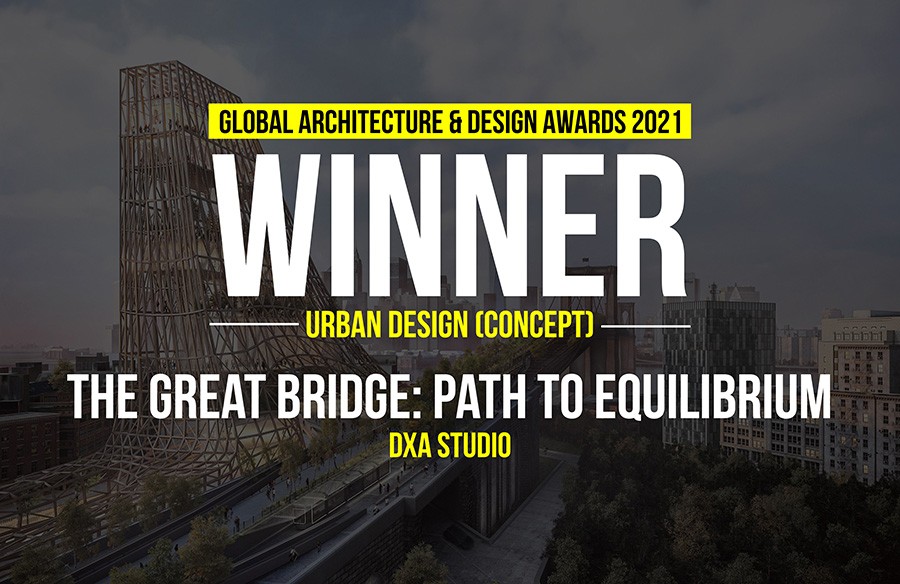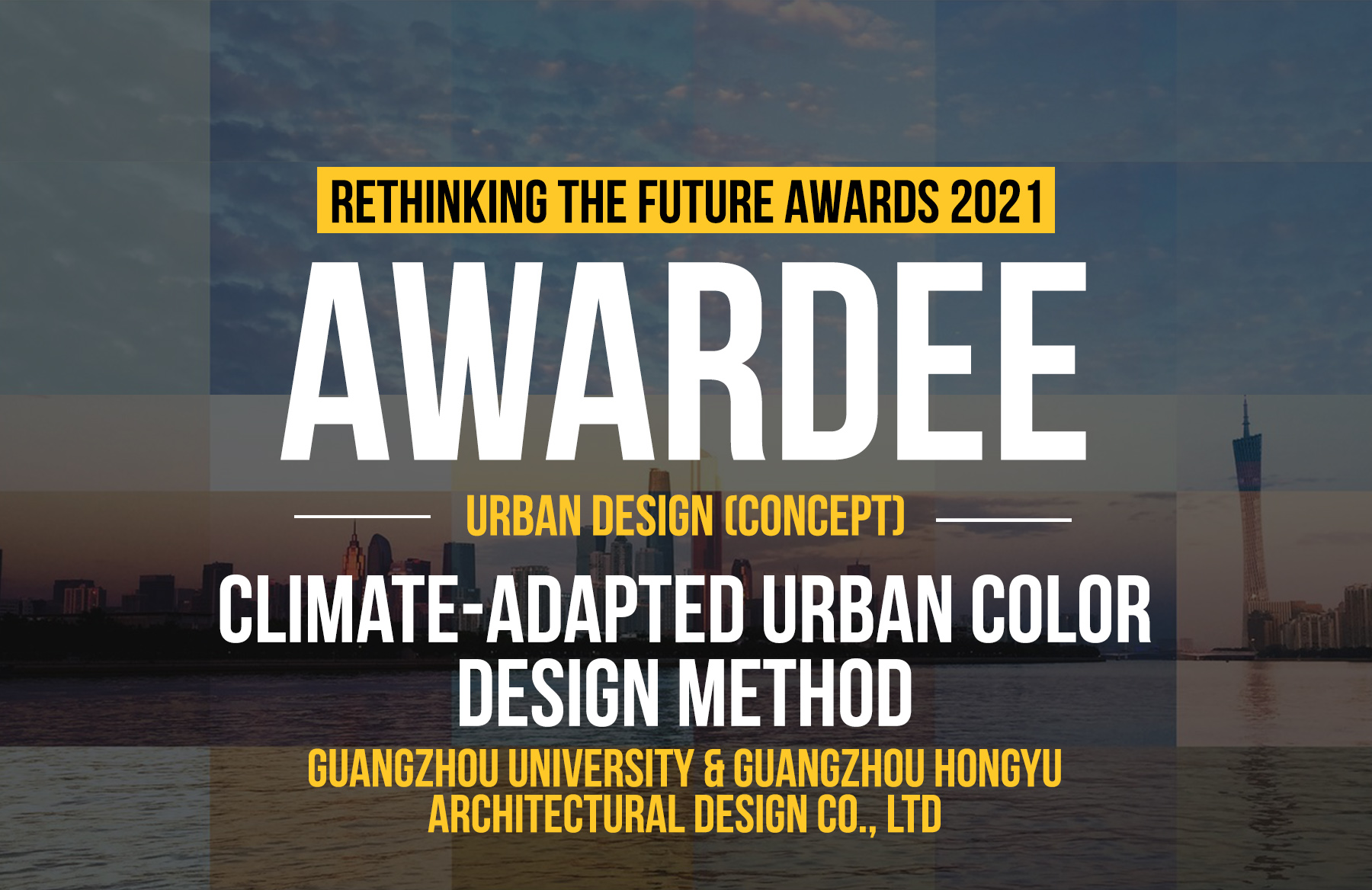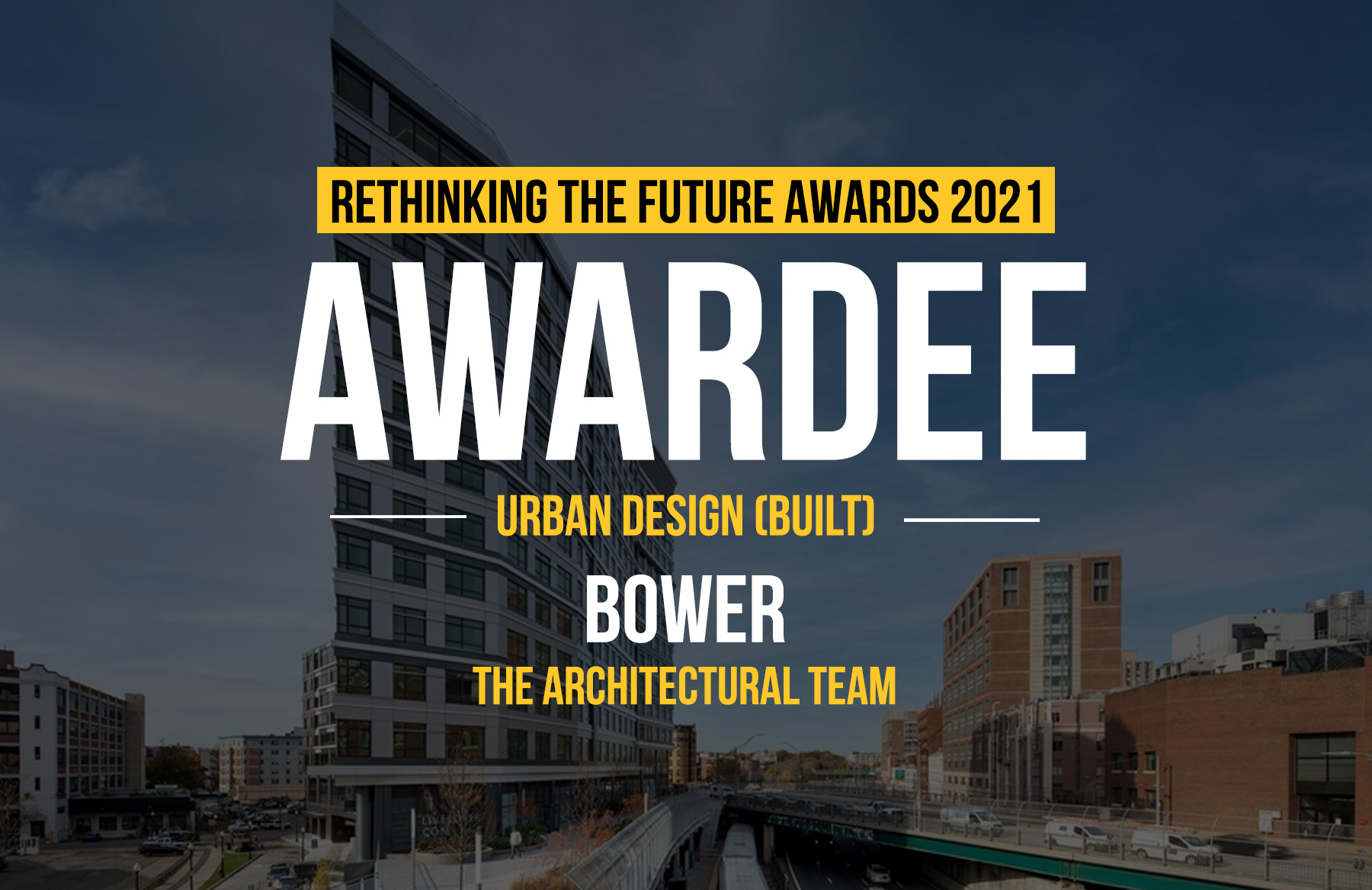Second Award | Urban Design
Project Details
Participant Name: Safa Binte Safiullah
Country : Bangladesh
Details
Transition (A vision for developing transitional space at Farmgate)
Certain spaces relate to people in ways that are complex. The complexity arises when spaces require certain forces to create a desired dialogue with the users. Many such spaces fall under the ‘transitional space’ category, usually lacking an experiential sense of ownership. In the light of the ‘ non-place’ theory related to urban context, the spaces of transition remain ‘ dead’ until they are ‘designed’ to guide the subconscious of the user. The aim of the project is to design an important transitional space within the city context and provide a vision as to how a non-place could be transformed and developed into providing quality experiential values to the users, thus creating a dialogue between people, space and events.
In Dhaka’s context, the exploration of urban transitional spaces mainly on the various nodes of dense vehicular and pedestrian movement, and as a derivative of the evolution of Dhaka city, Farmgate has been considered as a major node of transition. Having identified the site to work on, the major concern to be addressed was the contextual analysis of the site and its integration with the government proposal for the MRT and BRT routes across the city. Having looked upon from a perception of transitional spaces, the functional integration in Farmgate node was derived from an array of analytical studies on land use, greenery, transportation routes and pedestrian movement and activities.
After identifying the events to be housed on site, the emotional factors that create changes in the human subconscious were explored in the light of the ‘event-space’ theory. The process of conceiving fragments of spaces that designs the events into the site involved studies on human nature, their subconscious reaction to transitional spaces and the intangible ‘quality time’ factor that the human experiences.
All design decisions in terms of aesthetics are meant to express the designer’s aspirations. On the other hand, the same decisions also satisfy the basic experiential factors of the ‘designed non-place’. As a whole, the project has been based on conceiving an idea, creating a vision for development from a perspective of emotional response, and visually educating society by creating a dialogue between the users, the spaces and the events.





